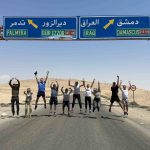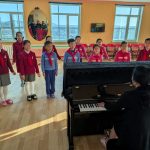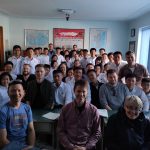Wonsan Introduction
Wonsan is a city located on the east coast of the Korean peninsula and serves as the provincial capital of Kangwon province located in North Korea with approximately 325,000 residents making it the fifth largest city in the DPRK.
Wonsan is most famous for its freshly caught seafood and long white beaches that stretch along the city’s waterfront hence making it a popular spot for both domestic and foreign tourists.
In recent years the DPRK government has focused a tremendous amount of investment on leisure and tourist facilities within the city making use of the favourable location such as the Wonsan Tourist Zone project and the recently built Kalma International Airport.
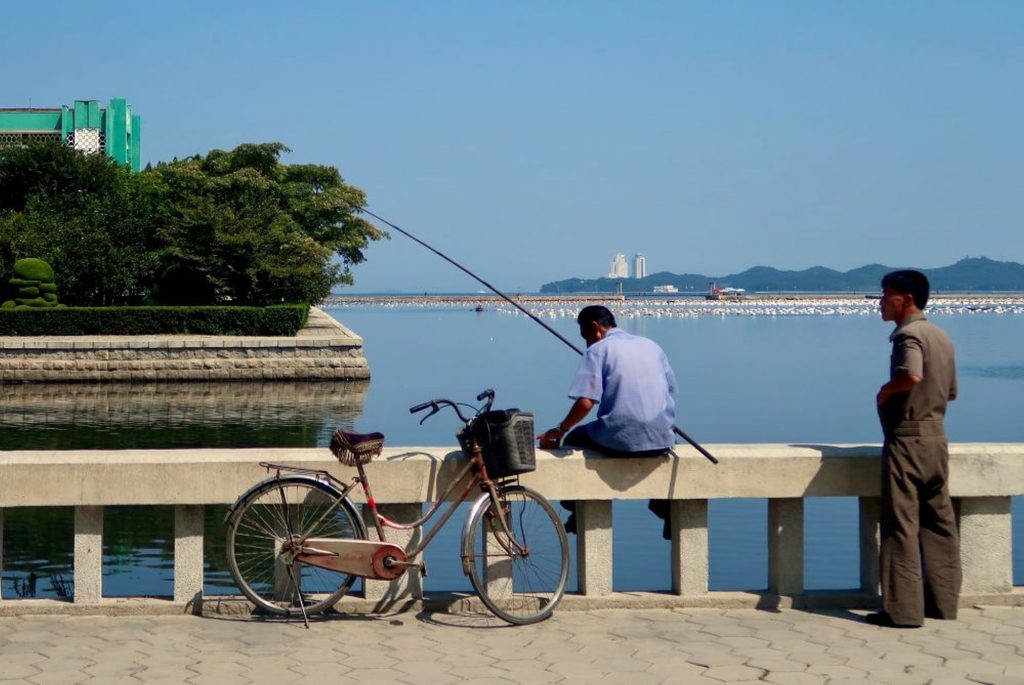
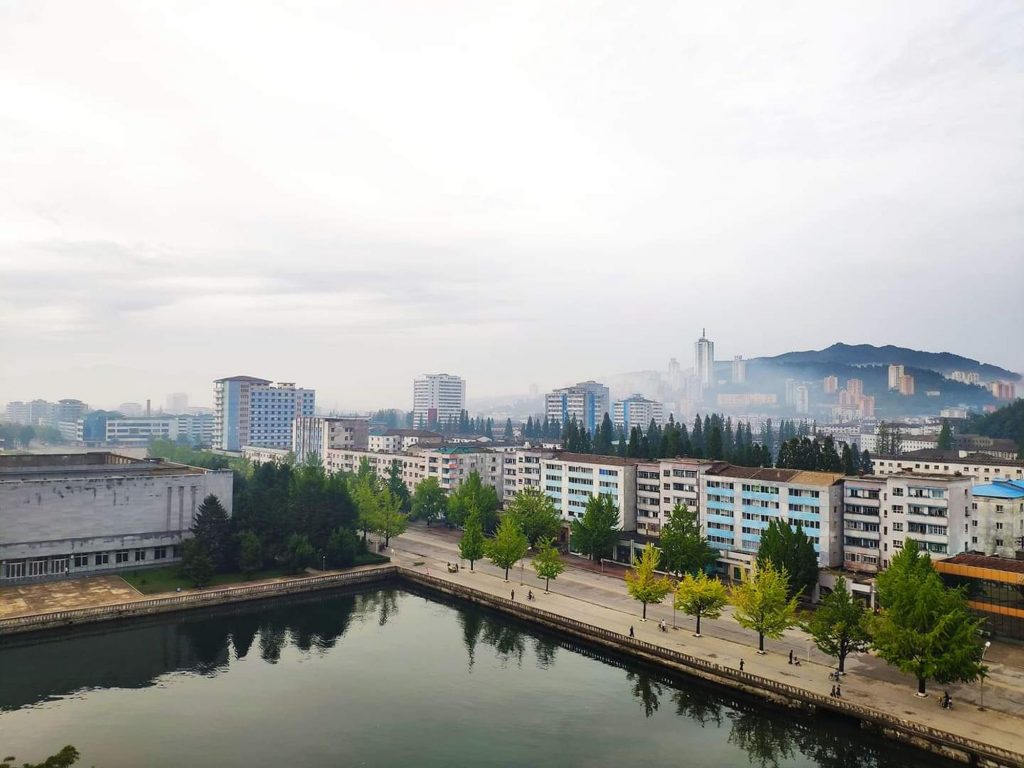
Table of Contents
Wonsan History
Wonsan first opened as a trading port in 1880 and was functioning as the final city on a significant trade channel between North Korea and Japan. The original name of the city was Wonsanjin, but also known as YuanShan to China and Port Lazareff to Russia. During the Japanese colonial rule from 1910 to 1945 Wonsan was known to the Japanese as Gensan.
During the Korean War from 1950 to 1953 the Blockade of Wonsan or also known as the Siege of Wonsan took place and was most famously known as the longest naval blockade in modern history lasting 861 days. The United States naval force continuously bombarded Wonsan to prevent the North Koreans from making use out of Wonsan’s strategical location which would most likely have given them the upper hand during the war. Much like Pyongyang, Wonsan was left completely flattened by the time the Korean War armistice was signed.
In 1971 a ferry route was opened between the Port of Niigata in Japan and Wonsan mostly to transport goods and North Korean Japanese known as Chongryon to the fatherland for family visits throughout the 1970s, 80s and 90s. However, this service was halted in 2006 when Japan banned North Korean ships from its waters.
Although international trading has mostly ceased in Wonsan due to economic sanctions on North Korea, the government announced in 2014 about their ambitions for the Wonsan Special Tourist Zone to span over 400 square km and include 40 historical relics, 10 sand beaches, 680 separate tourist attractions, four mineral springs and several bathing resorts and lakes. This has been an ongoing mass project which was further delayed due to COVID-19.
Wonsan Location
Wonsan is situated between Mt. Kumgang to the south and Masik Ski Resort to the west.
Wonsan is located 172 kilometres from Pyongyang, and is connected by a single highway known as the Pyongyang-Wonsan Hwy (3 and a half hours) and was first opened back in 1978 on the 30th anniversary of North Korea’s foundation. Hamhung, North Korea’s second largest city is located 123 kilometres (2 hours) to the north of Wonsan.
Wonsan Highlights
Songdowon Beach
The most impressive highlight of visiting Wonsan is sunbathing on Songdowon beach and taking a dip into the East Sea of Korea amongst the locals.
The beach area is split into two areas. One area is opened for the public and is free admission, the other area requires 2 euros and includes amenities such as showers, locker rooms, a bar, BBQ and restaurant for comfort. It is also common for local North Koreans to pay to enter this area for the facilities provided.
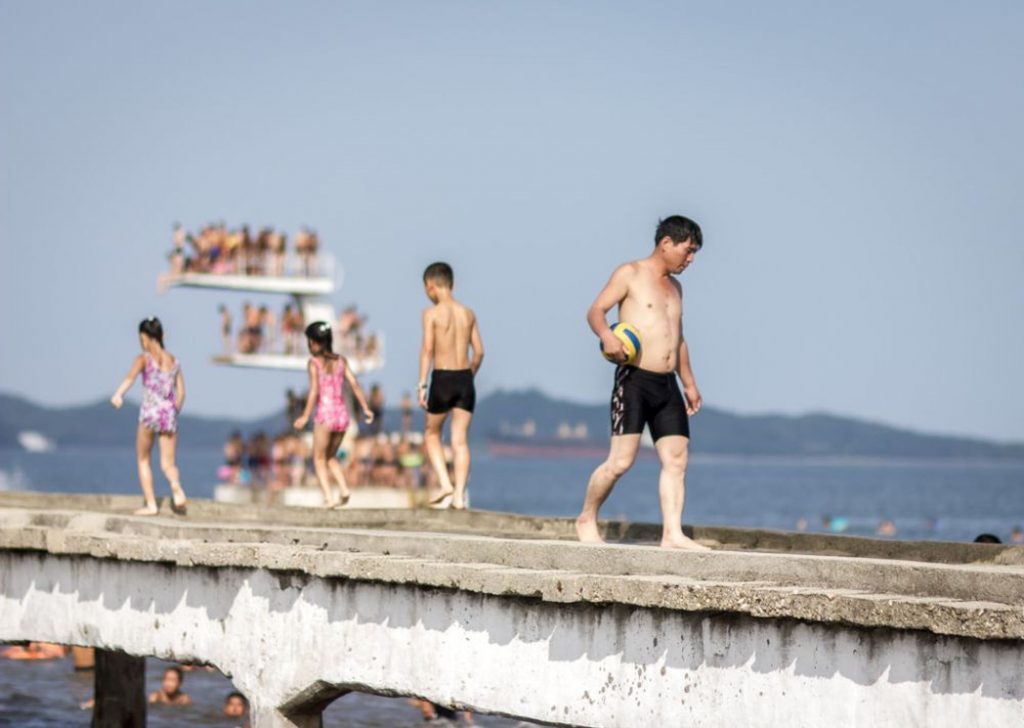
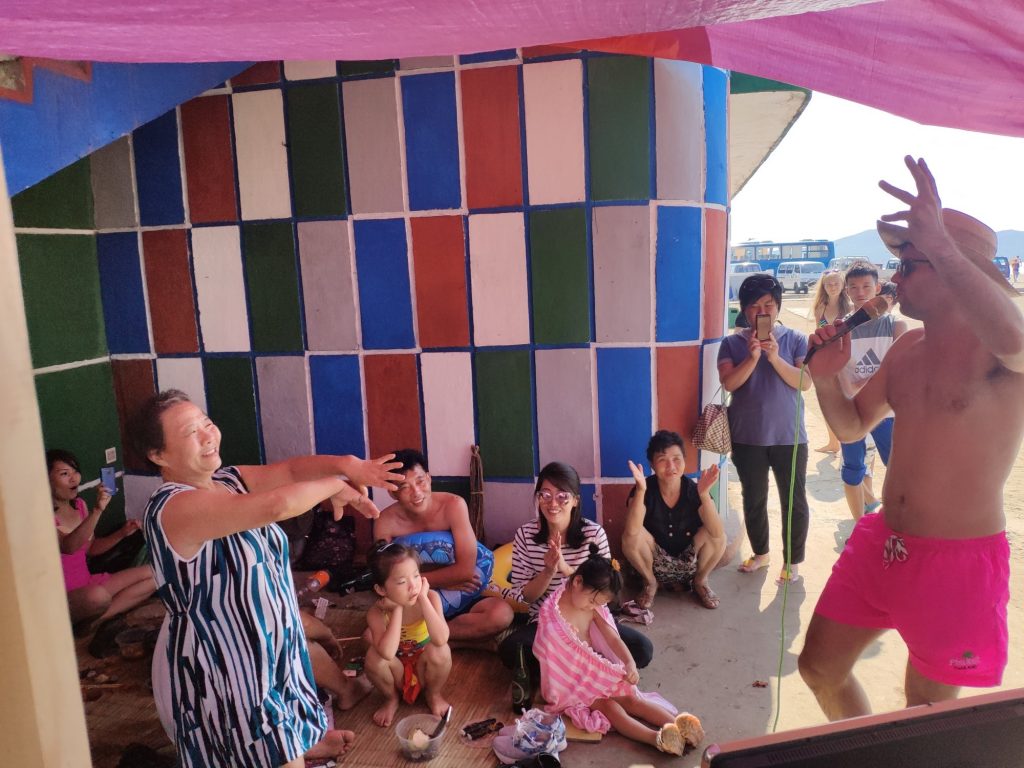
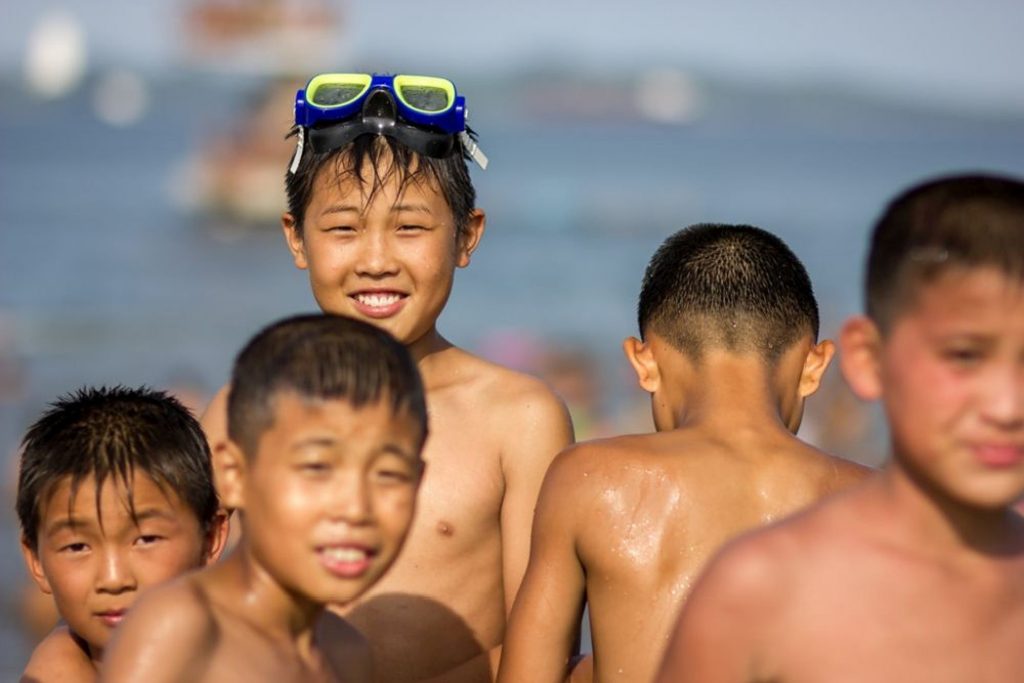
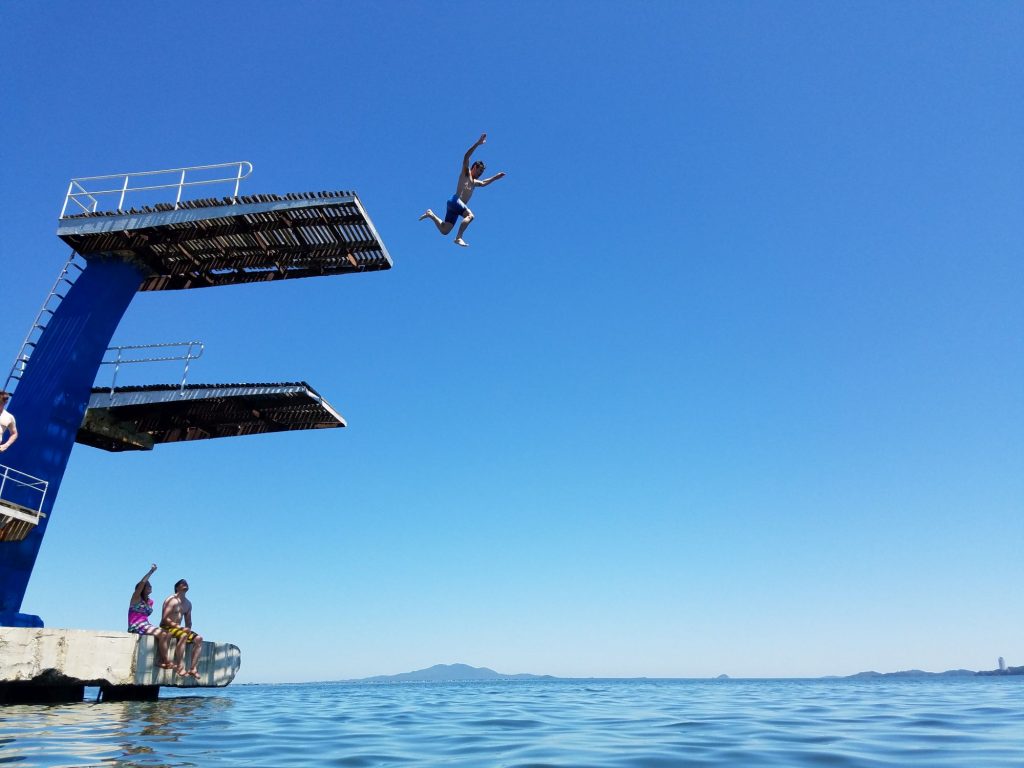
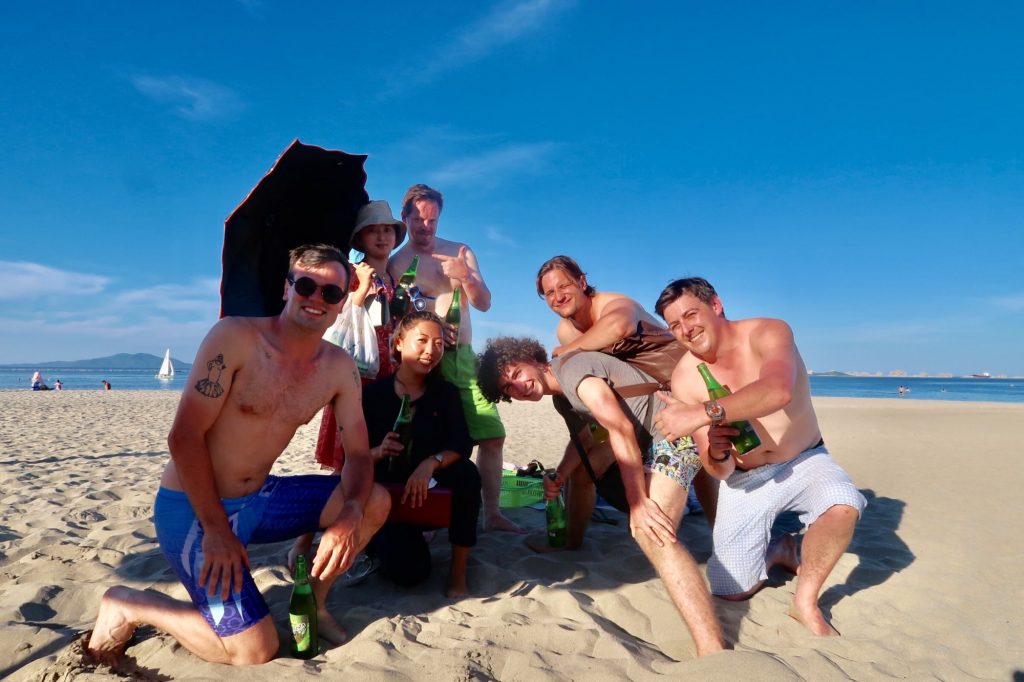
Swimming in the ocean allows foreign tourists to mingle with the local North Koreans which we encourage to challenge them to beach games such as football, volleyball or frisbee throwing. There are two diving platforms located further out in the ocean which you can swim to, climb and drive into the water from up to 10 meters in height!
Jangdok Islet
Jongdok Islet is located further out in the waters and is connected to the Wonsan docks by a long concrete pier in Yonghung Bay. This pier makes it a perfect 1.5 kilometre stroll in the evening to reach the islet and visit the Changdokdo lighthouse on top for stunning views of Wonsan city.
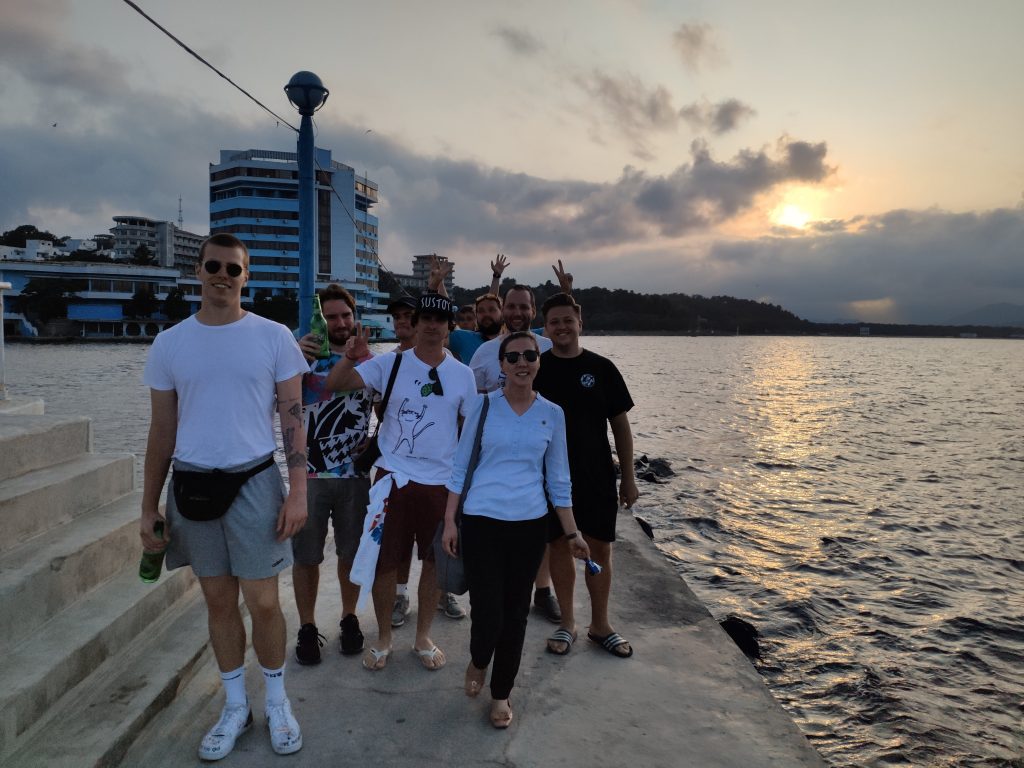
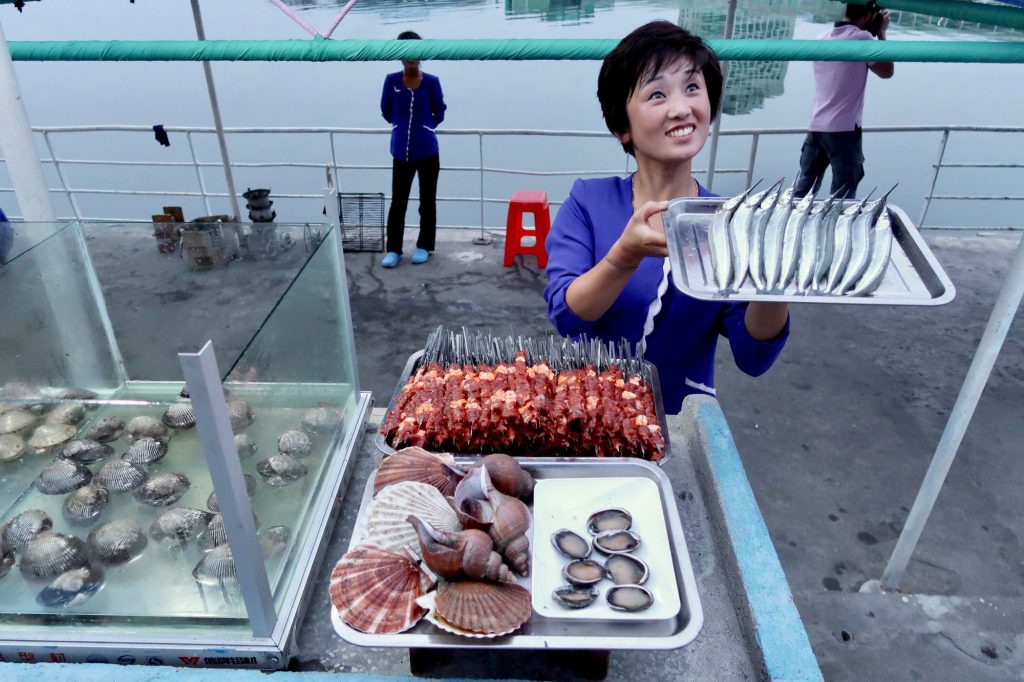
It’s very common to pass fishermen and vendors selling fresh catches of the day. Vendors provide seats and tables for tourists to sit, eat and drink. An incredible way to enjoy the coastal city.
Mangyongbong-92
The Mangyongbong-92 was first put into service in 1992 as the ferry to transport goods and passengers between Japan and North Korea. The ship now remains docked in the heart of Wonsan where we arrange our tourists to board, tour around the ship and it’s also possible for us to arrange a meal onboard!
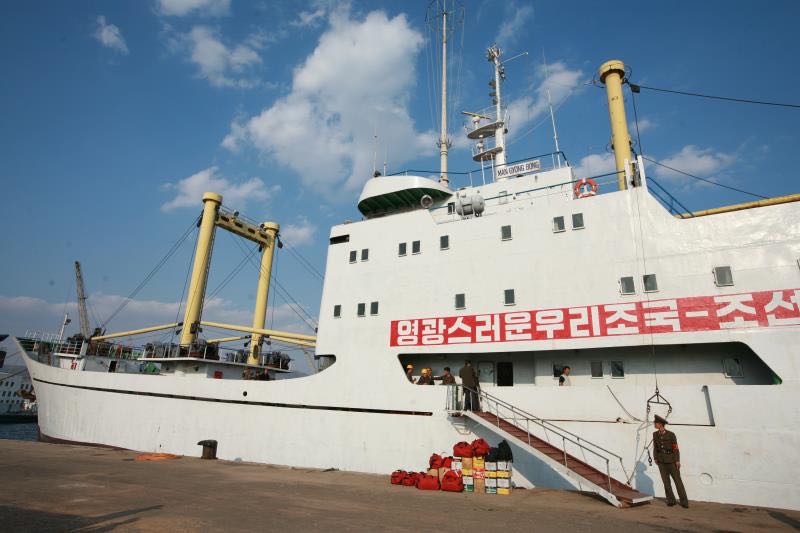
Songdowon International Children’s Union Camp
Located right on the coast, the Songdowon International Children’s Camp was first opened in 1960 and renovated in 2014. This classic socialist summer camp can host up to 1200 foreign or local students at a time and include facilities such as dormitories, an indoor swimming pool, an aquarium, a theatre, cooking classrooms, rock climbing, arcades, an aviary, an outdoor waterpark and the beach.
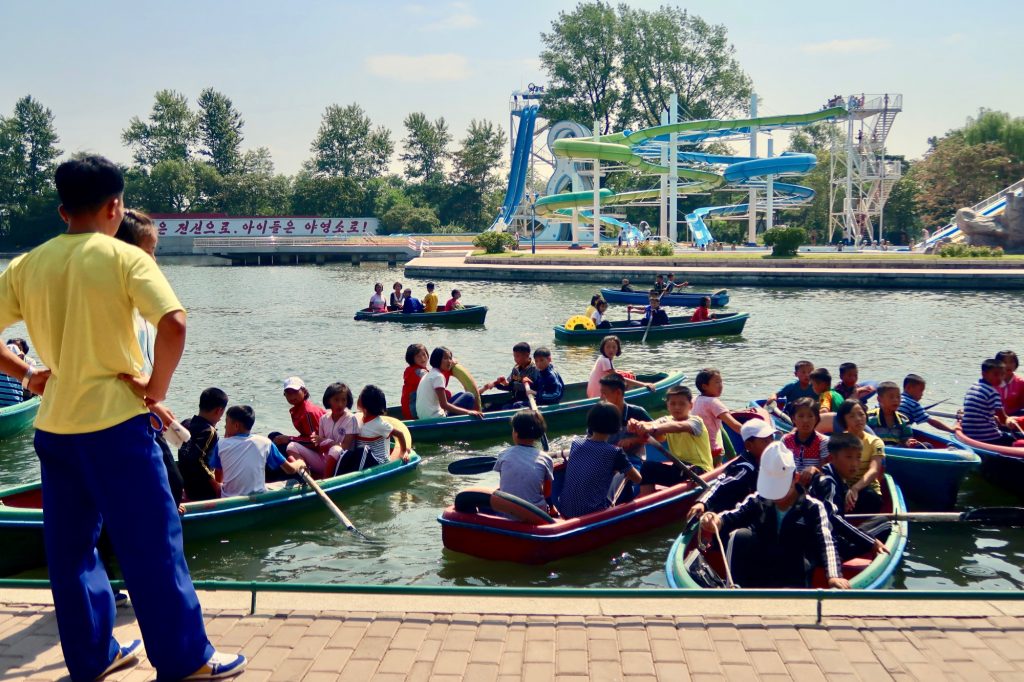
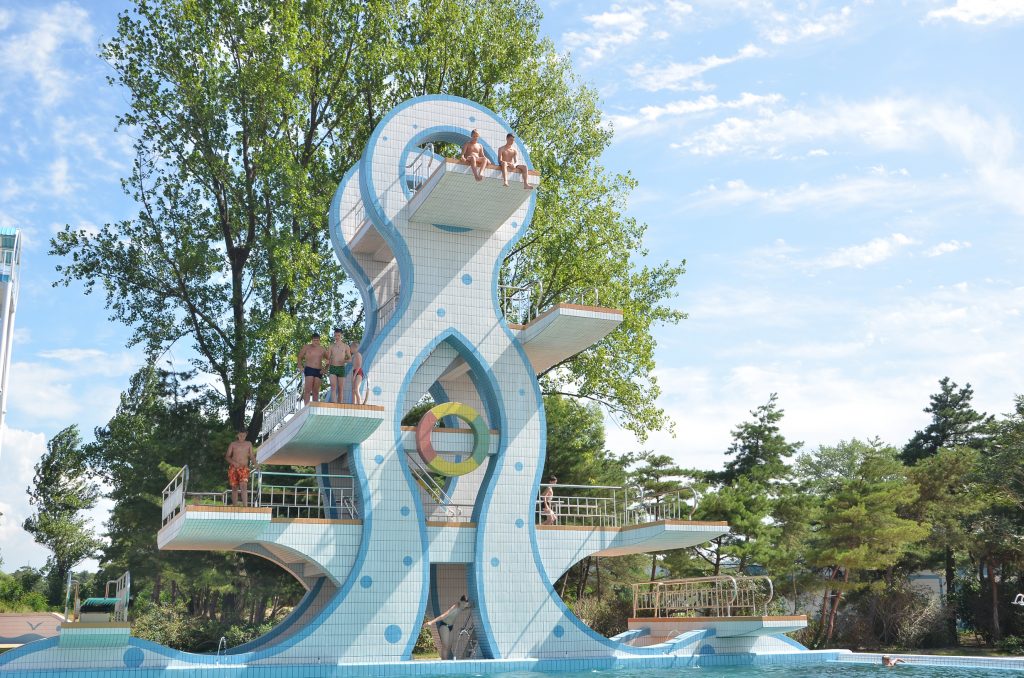
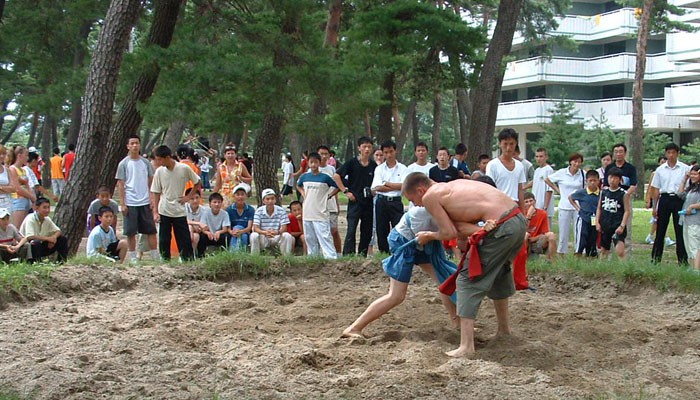
Wonsan Train Station Revolutionary Site
When Kim Il Sung – the first leader of North Korea first arrived back into North Korea after the liberation from the Japanese in 1945, Wonsan was his first major city he visited whilst on his victory return to Pyongyang by train.
The train station, also known at the time as Wonsan Old Train Station is located by Wonsan Central Square and was destroyed during the Korean War. The train station was reconstructed as a revolutionary site in 1975 to uphold Kim Il Sung’s efforts. The Tongyang guesthouse where Kim Il Sung stayed was also reconstructed and is a part of the tour.
A Japanese steam train known as パシニ3is displayed within the station and attached to a replica 3rd class carriage.
Chonsam Cooperative Farm
Located on the outskirts of Wonsan, and towards Anbyon in the south, the Chonsam Cooperative Farm was founded in 1952 and is one of the few farms available in the country for foreign visitors. Up to 1700 people live within the surrounding area and up to 800 are farmers, the remaining as those that take on the support roles to keep the farm functioning.
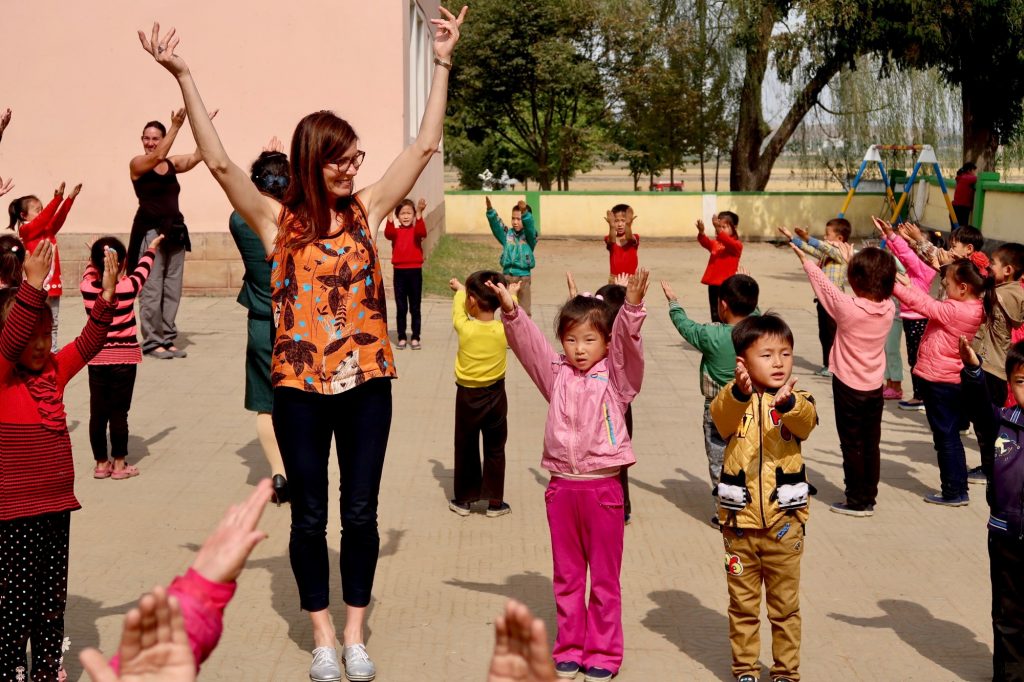
The farm specialises in cultivating rice, maize and other fruits & vegetables. The specialty of the farm is Persimmon. Available within the co-op farm is a kindergarten, famer’s houses, and a local store. It’s a great way to see how rural North Koreans live.
Wonsan Agriculture University
The Wonsan Agricultural University was founded in 1948 and was the first of its kind and a prestigious institution in North Korea. The university was built on the remains of an old German church, which makes this particular campus standout to the other socialist architectural buildings seen elsewhere in the country. Miraculously it avoided being destroyed throughout both wars.
The university is accredited by the North Korean Ministry of Education where students learn about farming, agricultural management economics, veterinary sciences, animal husbandry, and other agricultural related fields.
The campus includes a library, administration office, a greenhouse, and dormitories. The most recent dormitory was built in 1980. The campus is amazing to explore as it feels you are in a botanical garden with a great variety of plants, trees and flowers surrounding you. The university encourages green energy and is quite common to find wind and solar energy being collected and stored onsite.
It is known that foreign students are able to apply to study at this university where the North Korean language is also taught to them.
Ulim Waterfall
The Ulim Waterfalls are located 50 kilometres outside of Wonsan but can be easily accessed by the highway connecting Pyongyang to Wonsan The waterfalls are named after the Korean word for echo or vibration, which is caused by the sheer force of the water falling 75 meters in height.
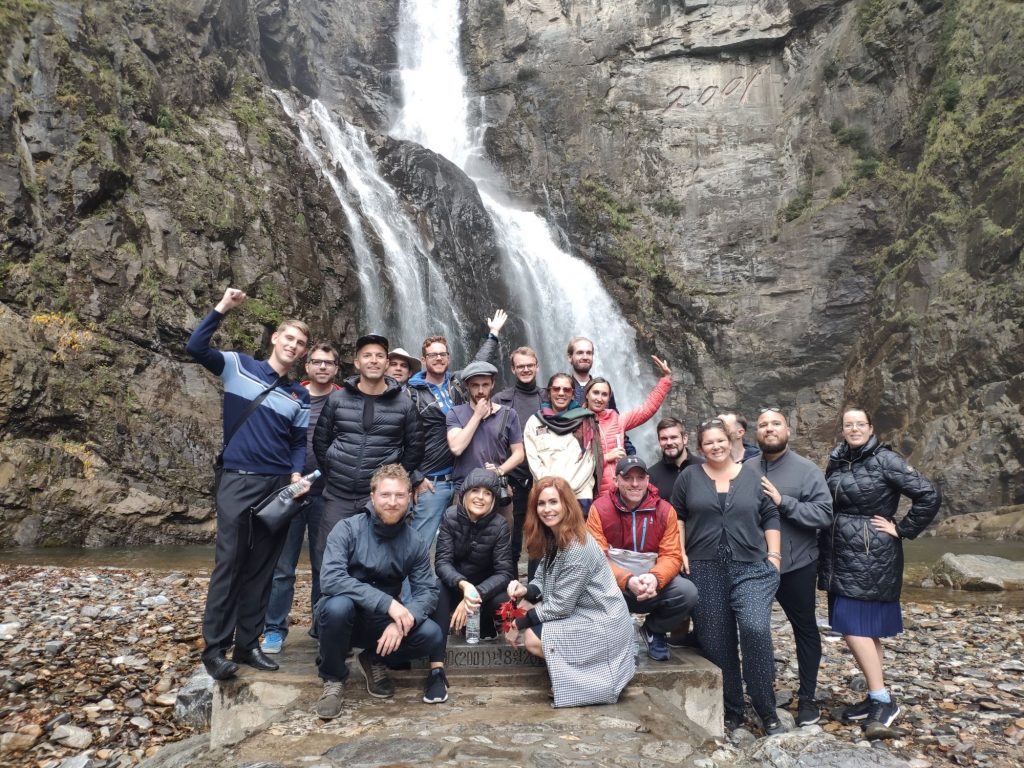
The waterfall was first discovered by soldiers and was visited by Kim Jong Il in 2001. The walk from the carpark to the falls is pleasant and gives you the great sense of exploration as the first who discovered this as North Korea is more than 80% mountainous with some specific regions near impossible to reach.
The area is a perfect spot for picnics and includes a rounded observatory building as well as toilets and ping pong tables.
Hotels in Wonsan
Songdowon Hotel
The Songdowon Hotel is arguably Wonsan’s most iconic hotel and is located right on the bustling harbour front, and just across the road the Wonsan Seafood Restaurant.
Designated a ‘second class hotel’ it was built during the 1970s in a Soviet influenced brutalist style. Eleven stories tall, and boasting 194 rooms, the exterior of the building now carries the pastel blue colour scheme that is ubiquitous around this sea-side city. The hotel went under minor refurbishment and renovation to restore the majority of the amenities.
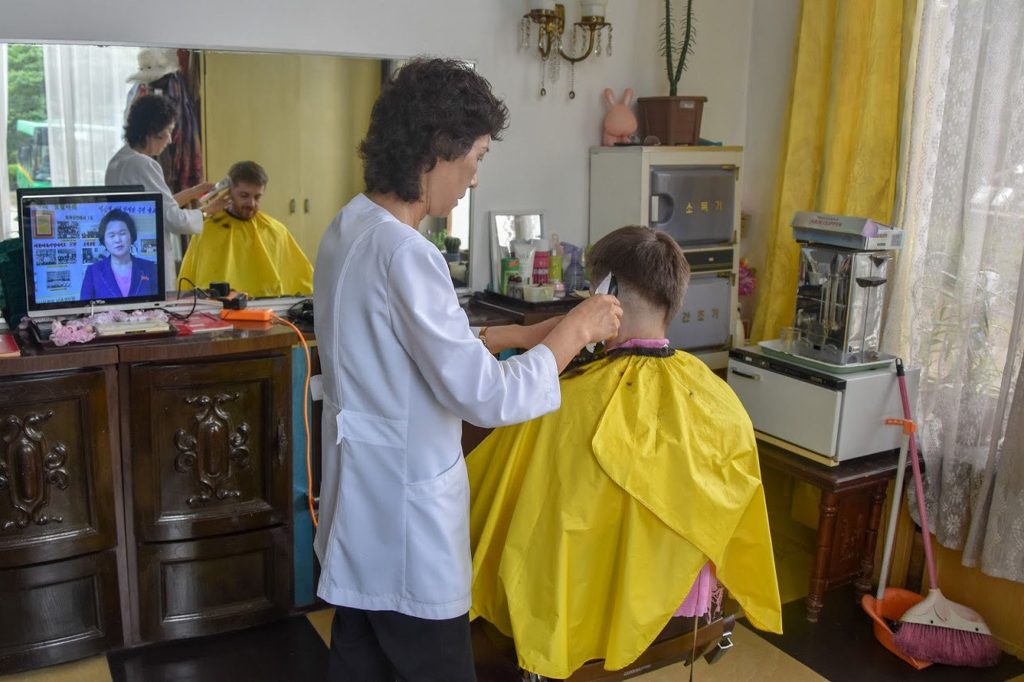
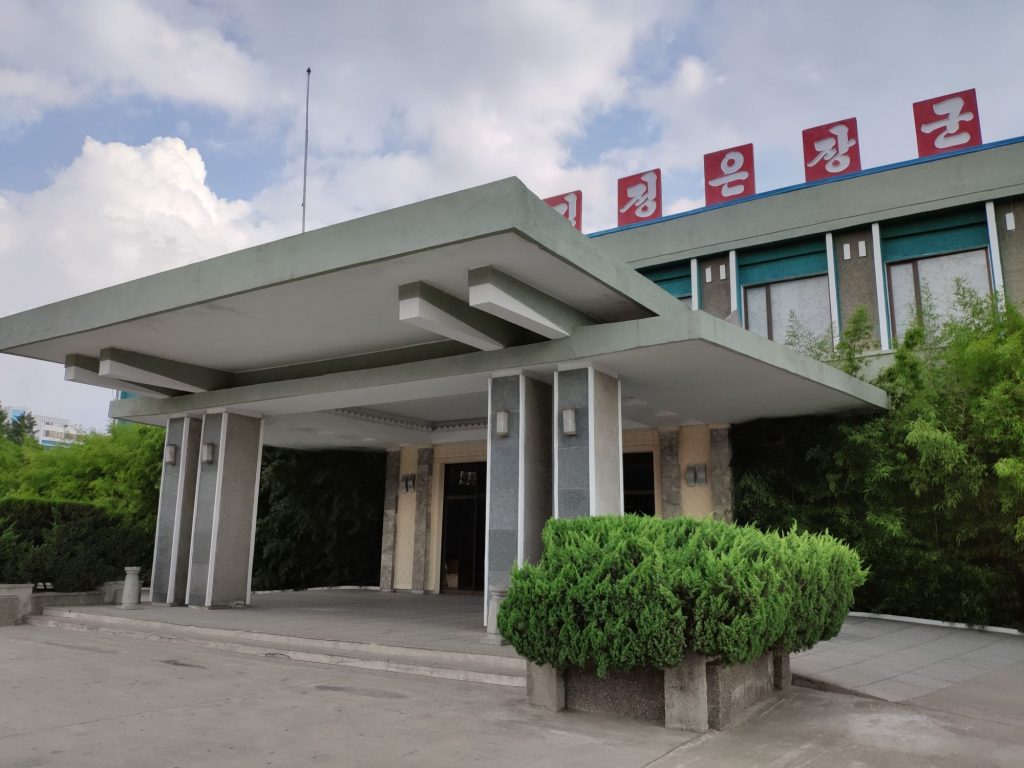
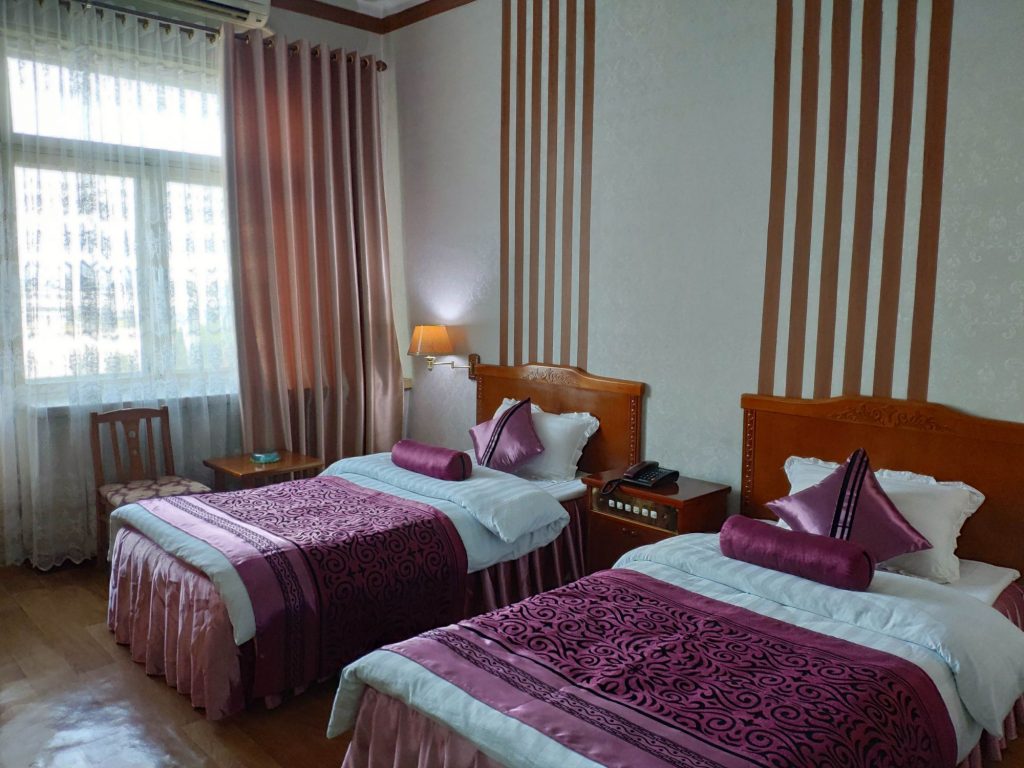
The facilities include massage room, a billiards room, karaoke, table tennis, outdoor BBQ area, bars, excellent barbershop and a fantastic bookstore selling old retro DPRK books usually sold out in other places.
Tongmyong Hotel
Located next to the Songdowon Hotel, the Tongmyong Hotel, also spelt as Dongmyong, was built in the 1990s for the purpose of accommodating Japanese tourists visiting via the ferry service. This is most noticeable as the bathrooms for each hotel are all-in-one capsule usually found in hotels in Japan.
The Tongmyong hotel has a large billiards & ping pong room, bookshop and includes 1 deluxe room, 13 standard rooms and 30 economy rooms, each room with a incredible view over Wonsan Bay.
As of 2023 Wonsan is still closed to tourism, as is the rest of the DPRK, but we live in hope of again seeing this great seaside town.



